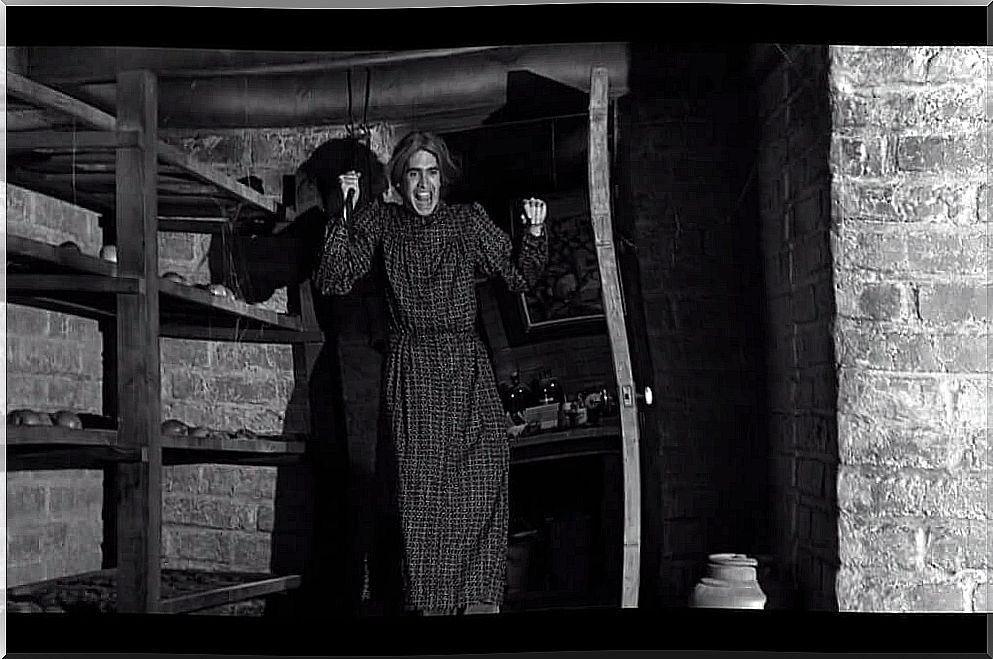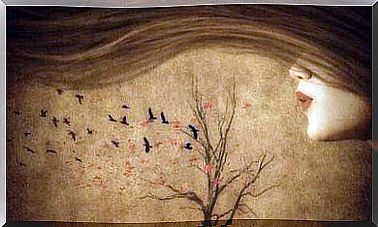The Witches Of Yesterday And Today

The matter worked with astonishing simplicity. One person accused another of practicing witchcraft if he saw that something did not fit with the established model of Christian life. The indicated or the indicated (generally they were women) went to a theatrical representation (rather than a trial) organized and staged to pass sentence against the accused.
The inquisitor court resorted to methods or tests that were almost impossible for the accused to overcome, such as asking the accused to remove something from a cauldron of boiling water. But none could be executed if she did not confess her fault, so they subjected her to torture to “help” her reveal her truths. Then they burned it in the presence and as a lesson to all. They even roasted them for such insignificant and mundane details as having a mole that is too large, especially if it was on a buttock.
The history behind the history
It wasn’t just a fan-driven mass hysteria. In fact, the word “witch” was used to get rid of anyone who was uncomfortable, as today many are dismissed as “terrorists”, “crazy”, “sudacas”, or any other nickname that unleashes animosity at a time or a given place.

The mechanism works to protect some kind of “purity” that some feel they carry. There is a hidden calculation: delete the different one. Disappearing it from the face of the earth because it represents some reality that is hated. And it is hated because it is feared. Because its mere presence apparently puts at risk some not very well structured foundation of ourselves.
The case of “The demons of Loudun” in France was famous, where several Ursuline nuns from the convent of Loudun and the priest Urbain Grandier were tortured and burned at the stake after being accused of witchcraft. By chance, that priest had been a strong opponent of the famous Cardinal Richelieu, Prime Minister of Louis XIII.
Several studies point out that many of what they called “witches” at the dawn of the Renaissance (just as science begins to take its final place) were actually seasoned scientists and doctors. Women who used medicinal plants to care for the sick, usually in labor. It is affirmed, not without reason, that there was a lot of gender persecution in the fabric of that genocide.
Modern witches
Not that the witch hunt has stopped, but that it just got a lot more sophisticated. It is present in the political orbit and in the corridors of domestic or work life. It always works by using ignorance. Deliberately biased and misrepresented information about a human group or a particular individual is disseminated. With this, the conditions to build the stigma set and the rest is history.

Stigmata and witch hunts work best in times of uncertainty or social disorientation. In other words, when there is fear. Giving a name and shape to fear comforts those who perceive an atmosphere of threat that is not yet specified. A well-differentiated supposed collective enemy helps to cap these concerns. The world somehow becomes a safe place again when we can clearly distinguish “the good guys” from “the bad guys.” It is a strategy that many powerful, and not so powerful, know well and handle by heart.
Household “witches” act similarly, but in a more private sphere. Nowadays, the person who interferes in the lives of others and dedicates a good part of his time to gossip, gossip and slander against others is often called a “witch”. Gnawing on the good name of another gives us a place of apparent superiority. And it contributes to exorcise fears and eradicate suspicions, when the life of that other person, for one reason or another, denounces our shortcomings and limitations.
Sometimes they are magazine models, or presidents, and even religious. Or journalists. No matter your dress, or your position, your mission is always the same: spread the cult of the devil. Etymologically speaking, the word “devil” comes from the Greek “diabolos” which literally means: “to throw lies” or “to be a slanderer”. It is also interpreted as “the one who separates.”
Modern witches are everywhere. Sometimes they are women and sometimes men, but regardless of gender, they are always intolerant. They point the finger, they judge without mercy. They prepare potions made of misunderstanding and insults. With sharp and poisonous tongues, they are sad beings who are afraid of their own grief and take over a discourse that always aims at the same target: denigrating others. And it’s not a wart on the nose that makes them ugly.









